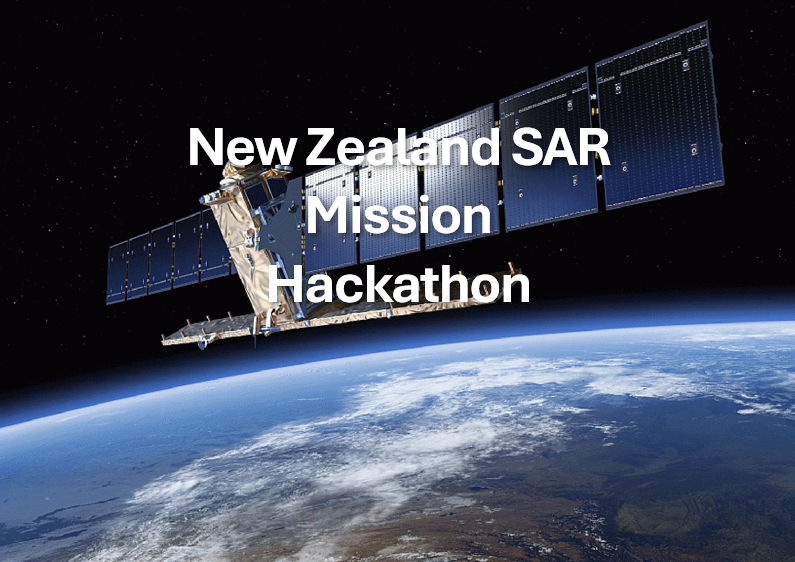
Visiting PhD Student, Paola Di Fluri
GRI has a visiting PhD student from University of Bologna in Italy. Paola Di Fluri has been working on a thesis that aims to develop

GRI has a visiting PhD student from University of Bologna in Italy. Paola Di Fluri has been working on a thesis that aims to develop

In this seminar, we will explore the differences in health and health behaviours by neighbourhood, uncovering some of the underlying reasons for these variations in health. To better understand the range of ways in which differences in health emerge, Professor Malcolm Campbell will present a series of research projects from Te Taiwhenua o te Hauora | The GeoHealth Laboratory

What if maps could lead to better health and well-being for you and your community? Imagine using maps and data to improve our lives, helping us live longer and healthier lives. Join us on a journey as we show you how we make this happen!

GRI staff and students participated in an overnight writing retreat at University of Canterbury, Cass Field Station last week. Stunning views and a refreshing hike

GRI is working with Christchurch City Council and Building Innovation Partnership, on the Ōtākaro Digital Twin. The ultimate purpose is to establish an accessible &

The hackathon, a collaborative event, is open to undergraduate or postgraduate students interested in improving their radar technology expertise through mission design.

Dr John Reid be giving a talk called The Kaitiaki Intelligence Platform: Integrating mātauranga Māori, artificial intelligence, and sensing technologies in the design of an environmental sensing network.

Matt Wilson presented on July 10, 2024 at the 44th annual International Geoscience and Remote Sensing Symposium in Athens, Greece. His talk was titled: “Prediction

This event focused on geohealth and spatial analysis in health. It took place at the Department of Geoinformatics, Palacky University in Olomouc, Czech Republic between

We are proud to announce that Geospatial Research Institute PhD Candidate and GRI scholarship recipient, Sidney Wong has been awarded a Fulbright Science and Innovation

The New Zealand Dental Association will have its annual conference on August 23rd and 24th, 2024 in Christchurch. It will feature UC Senior Lecturer (Above

The Himalaya Climate Data Field Lab 2024 is an innovative workshop where over 100 researchers, artists, and activists come together in an unconventional setting to